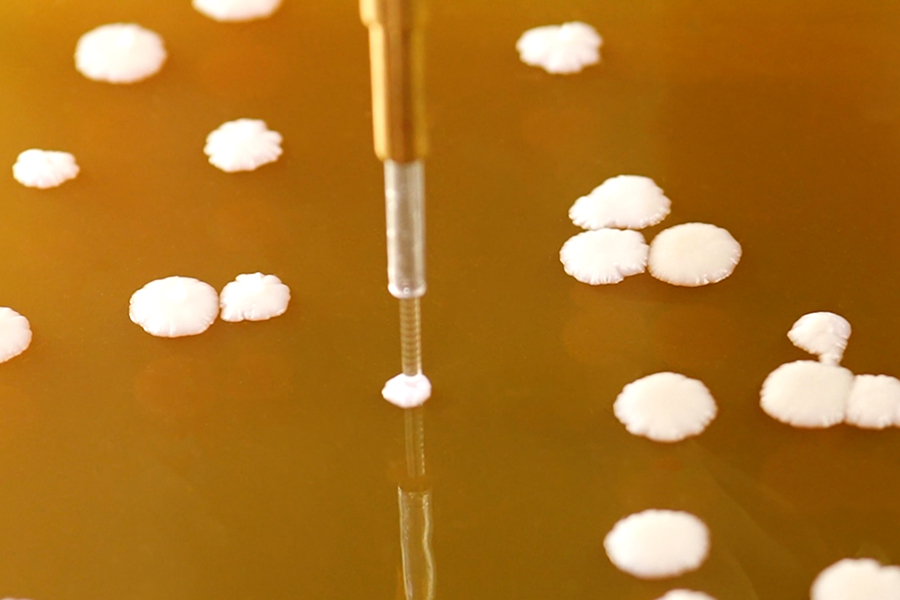These robots are absurdly versatile
Natively compatible with yeast, bacteria, fungi, algae, and that weird unidentified filamentous orange organism that you isolated from the soil.
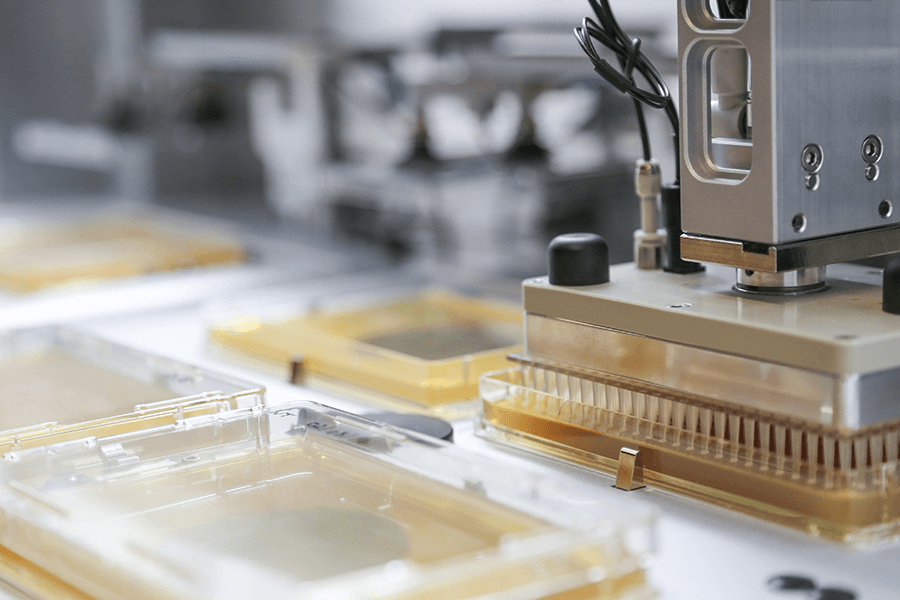
Why screen on agar rather than liquid?
ROTOR+ PIXL provides uncompromising efficiency. Replicate a 96 well assay in less than 25 seconds. Productivity you just can’t beat!
I can’t speak highly enough about these two instruments. We have had them up and running for 6 months in our lab, and together, they have been a game-changer in terms of throughput and reproducibility.”
Prof. Kyle Lauersen, King Abdullah University of Science and Technology.
Why ROTOR+ PIXL?

Maintain Sterility
Minimise decontamination of your samples with a <0.03% contamination rate, accurate pinning and sterile pins. Both ROTOR+ and PIXL have UV disinfection light to decontaminate the machines in between runs.

Mate Strains
Use ROTOR+ PIXL to mate strains of yeast quickly from high-density arrays speeding up your scientific workflows.

Transfer efficiency
ROTOR+ transfer is proven to be 99.68% in S. cerevisiae and 99.94% in E. coli. PIXL has an agar-agar picking efficiency of 99.78%.

Quickly replicate plates
Replicate plates in under 25 seconds. ROTOR+ PIXL is essential for any large-scale microbial functional or chemical genomic studies.

Intuitive software
Operate ROTOR+ PIXL in less than 10 minutes, without any training. The software is just that intuitive!
ROTOR+ Workflow
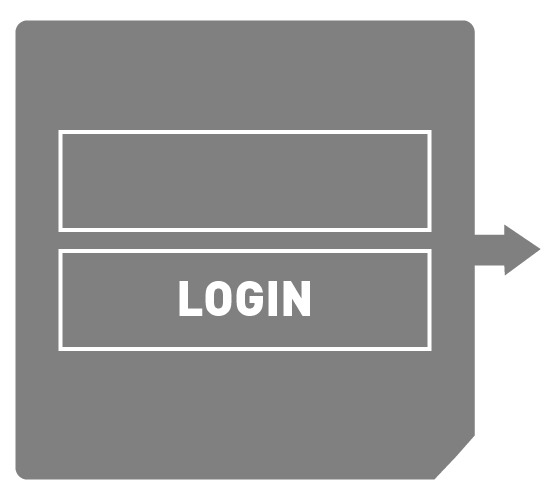
1. Login
Individual user logins, remembered user settings, templates and logs user actions and parameters.
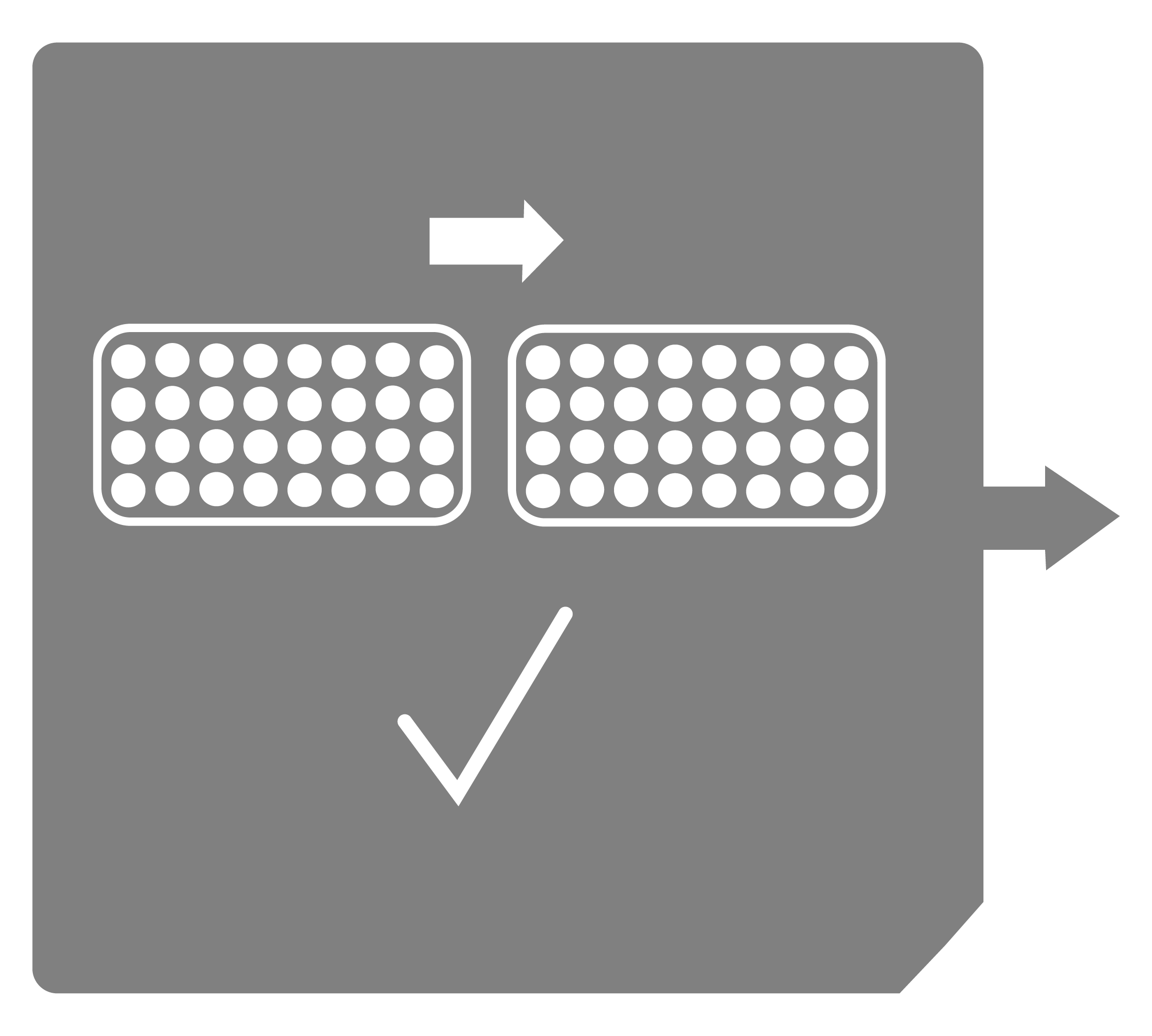
2. Create Program
Choose the protocol most suited to your workflow: replicate arrays or mate.
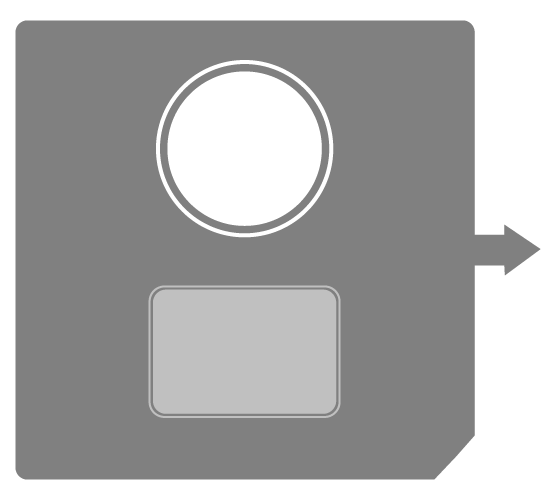
3. Select Source Plate
Plate options will be determined through your chosen protocol.
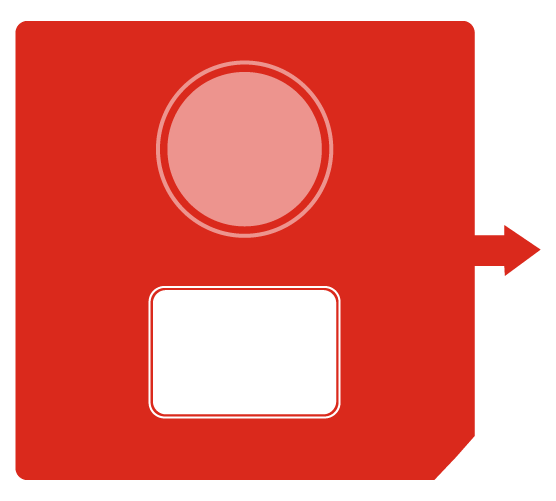
4. Select the target plate
Filter selected colonies by size, colour, and shape.
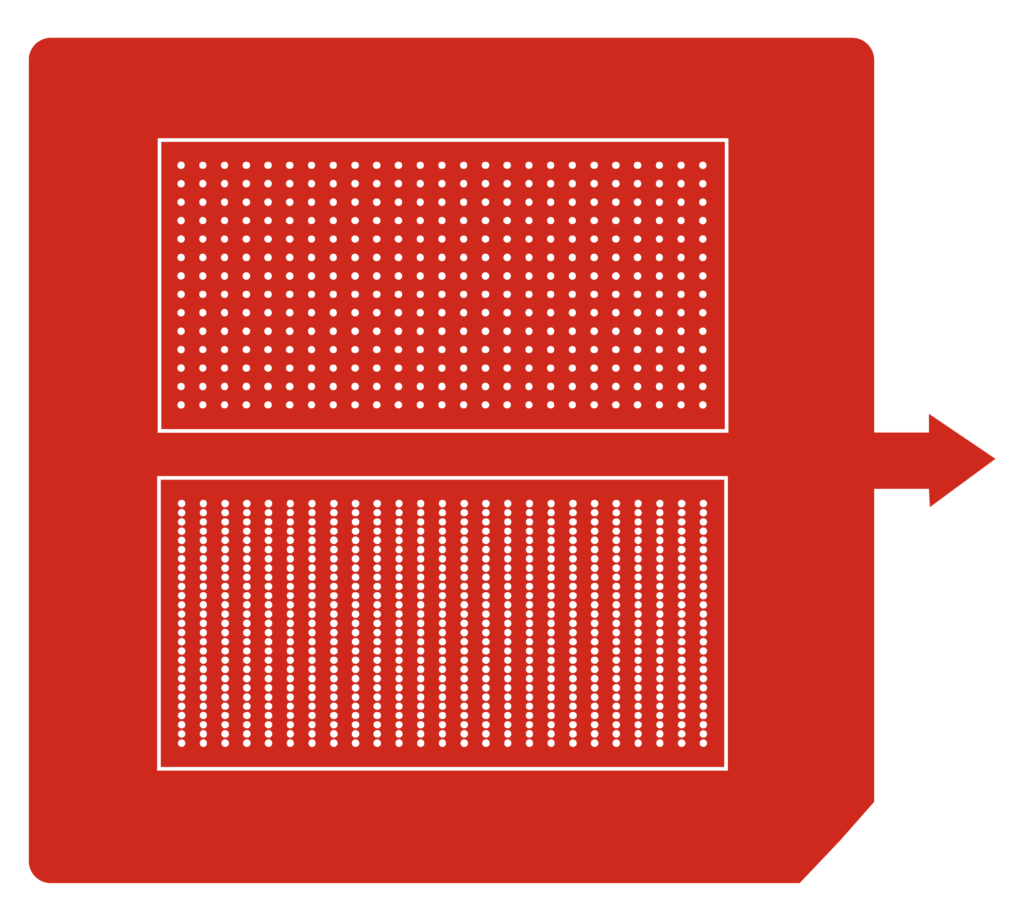
5. Select Repads
Compatible pin pads will be readily selectable depending on your protocol.

6. Run
Run your protocol; pin agar-agar in 25 seconds and agar-liquid in 28 seconds.

Operate ROTOR+ PIXL in less than 10 minutes, without any training. The software is just that intuitive!
“You can buy ROTOR+ and PIXL separately, but it’s like salt without pepper, Bonnie without Clyde, these two robots were made for each other.”
Automate precision colony transfer at ultra-high densities. Reduce cost and time >60 fold by screening on agar with ROTOR+ PIXL, compared to screening in 96-well plates.
PIXL Workflow

1. Login
Individual user logins, remembered user settings, templates and logs user actions and parameters.

2. Select the plate
Petri or PlusPlate. Pick from the whole plate or define sectors of interest.
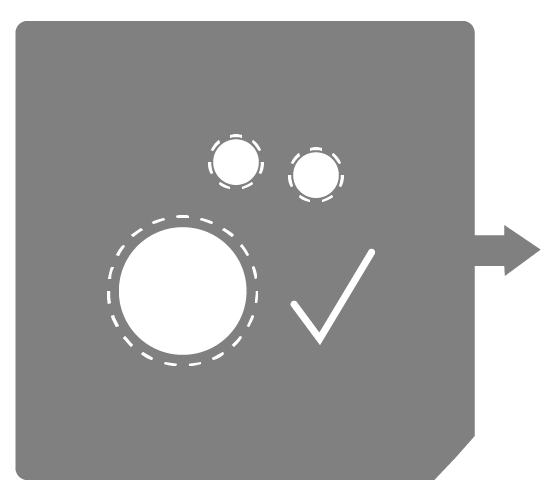
3. Choose colonies
Automatically locate colonies of interest for picking.

4. Select the target plate
Filter selected colonies by size, colour, and shape.
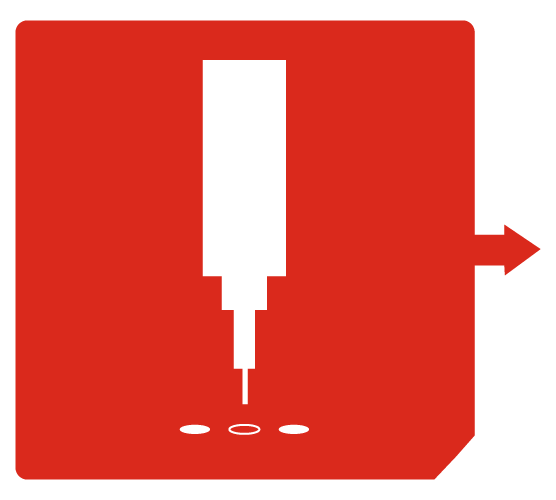
5. Pick colonies
Select the number of replicates; on any density, in any pattern, agar, or liquid.

6. Export data
Review your workflow, estimated time, and number of plates required, then press go and walk away.
Get in touch
Our product experts are on hand to answer your questions about our robots and scopes.
Whether you want to explore your workflow needs, get a quote, request a live demo,
or geek out about science.
